The Principles of the Magic Displacement of the Magician, the principle is here
Author:Cool brain Time:2022.09.03

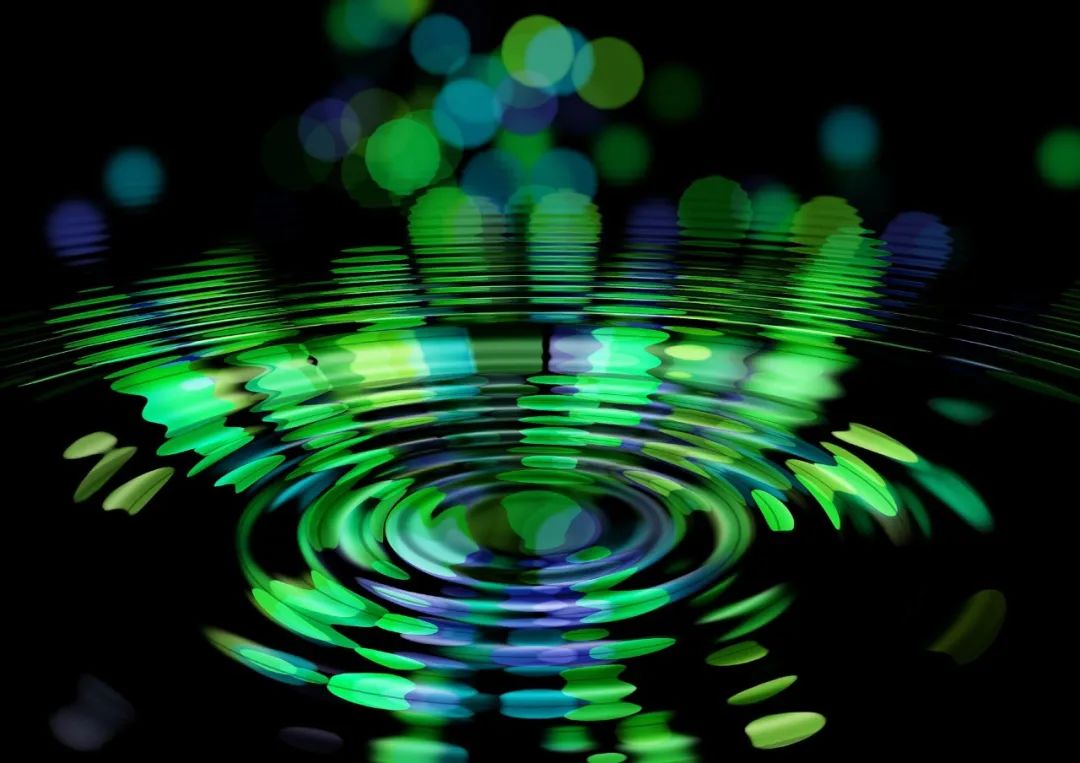
Via: pixabay
The following is the audio of the full text of Miss Sister
Author | Henry Taylor, Bilge Sayim
Translation | Caroline
Grade -Cool Brain Creative
Reading | Hu En
Artist | Old carving worm
Edit | yj
We tend to think that our visual consciousness provides us with a rich and detailed picture of the entire scene in front of us. As shown in the latest article published in "Psychological Science", the facts seem to be different from our imagination.
How much is your current consciousness? Do you only realize the text of your vision center, or can you realize all the text around? We tend to think that our visual consciousness provides us with a rich and detailed picture of the entire scene in front of us. As shown in the latest article published in "Psychological Science", the facts seem to be different from our imagination.
In order to prove how limited the information in our vision is, please find a pair of poker cards. Choose a place in front of you and stare at it. Then draw a card randomly. Without looking at the front, use straight arms to raise it to the left until it is on the edge of your field of vision. Continue to stare at the point on the wall, turn the card over, and let it face you.
Try to guess its color. You may find this very difficult. Now slowly close the card close to your vision center while keeping your arm straight. Pay close attention to the location of your color.
Surprisingly, before you can do this, how big the center position of this card is needed, not to mention identifying its color or value. This small experiment shows how shallow our conscious vision is (and often inaccurate), especially outside our vision center.
Via: Tuyuan Internet
Crowding: How the brain becomes chaotic
The following is another example, which can help us get closer to the scientific investigation methods. Please focus your eyes on the "+" "on the left and try to identify the letters on the right (of course, you already know what it is, but you pretend to be temporarily pretending not to know).
On the left is an additional image and a A on the right.
You may think this is a bit tricky, but you may still recognize that this letter is "A".
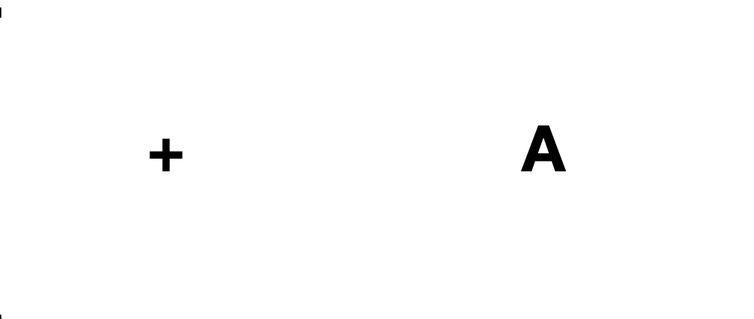
Via: TheconVersation
But now your eyes are concentrated on the+below, and try to identify the letters on the right.

Via: TheconVersation
In this case, you may work hard to identify these letters. For you, it may look like a chaotic feature. Or do you think you can see the chaotic curves and lines, and cannot accurately explain the content. This is the so -called visual "crowding". Our visual system is sometimes done in identifying objects in the peripheral vision, but when these objects are placed near other objects, it is very difficult to accurately identify. This is a shocking limit to our conscious vision. Although these letters are clearly presented in front of us, our consciousness will still be confused.
"Crowded" is a intense topic of philosophy, psychology, and neuroscience. We are still not sure about the cause of crowded. A popular theory is that it is the failure of a so -called "feature integration". To understand the integration of characteristics, we will need to pick out some of your vision system.
Imagine that you are watching a blue square and a red circle. Your visual system is not just to detect the attributes (blue, redness, roundness, squareness), it must also find out which attribute belongs to which object. This may not be a complicated task for us. However, in the brain, this is not a trivial matter.
To know that round and red are the attributes of an object at the same place, a large number of complex calculations are required. The visual system needs to be "sticky" with redness and redness, considering that they belong to the same object, and do the same treatment of the blueness and squareness. This glue process is feature integration.
According to this theory, the situation that happened in the crowded was that the visual system detected the attributes outside, but it could not figure out which attributes belonged to which objects. Therefore, what you see is a lot of messy features, and your consciousness cannot distinguish a letter from other letters.
New illusion
Recently, we discovered a new visual illusion and raised a series of new issues for the concept of crowded. We tested what happened when the three objects were the same, for example, in the following situations.
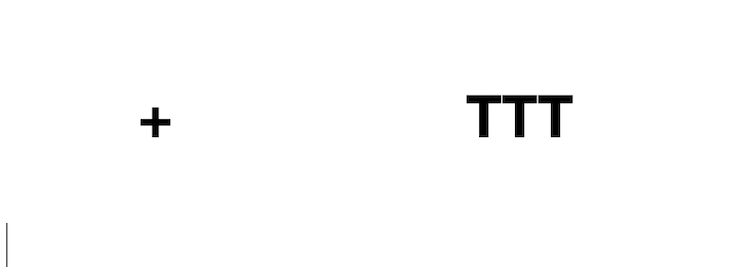
Via: TheconVersation
When you look at "+", what do you see? We found that more than half of people said there were only two letters there, not three. In fact, follow -up work seems to show that they are quite confident in this incorrect judgment.
This is a surprising result. Different from normal crowded, what you see is not a messy feature. On the contrary, a complete letter emerges neatly from consciousness. This result is inconsistent with the theory of feature integration. This is not to say that the visual system detects all attributes, but just confuse which attributes are. On the contrary, a complete object disappeared.
We don't think the failure of characteristic integration is the cause of the occurrence. Our theory is that this illusion is caused by the "redundancy masking". In our opinion, the visual system can detect several of the same letters outside, but it does not seem to calculate how many. Maybe it is just not worth spending energy to accurately calculate the number of letters. When we opened our eyes, we worked hard to get the consciousness of our environment. However, the basic process of creating this picture is not effortless. Visual hallucinations such as redundant cover can help us solve the working principles of these processes and ultimately help us explain the consciousness itself.
Via: giphy
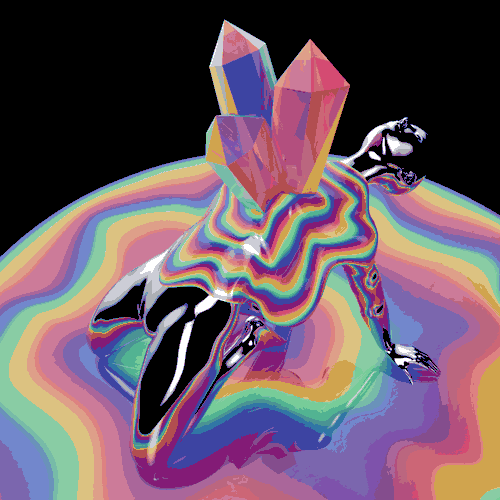
Reference (click slide to view)
1. Sayim, B., Taylor, H. (2019). Letters Lost: Capturing Apperance in Crowded Peripheral Vision Reve Kind of Masking. Psychology science, 30 (7), 1082-1086.
2. Pelli, D. G., Palomares, M., Majaj, N. J. (2004). Crowding is unlike ordenedInary Masking: Distinguishing Feature Integration. Journal of Vision, 4 (12), 12-12.
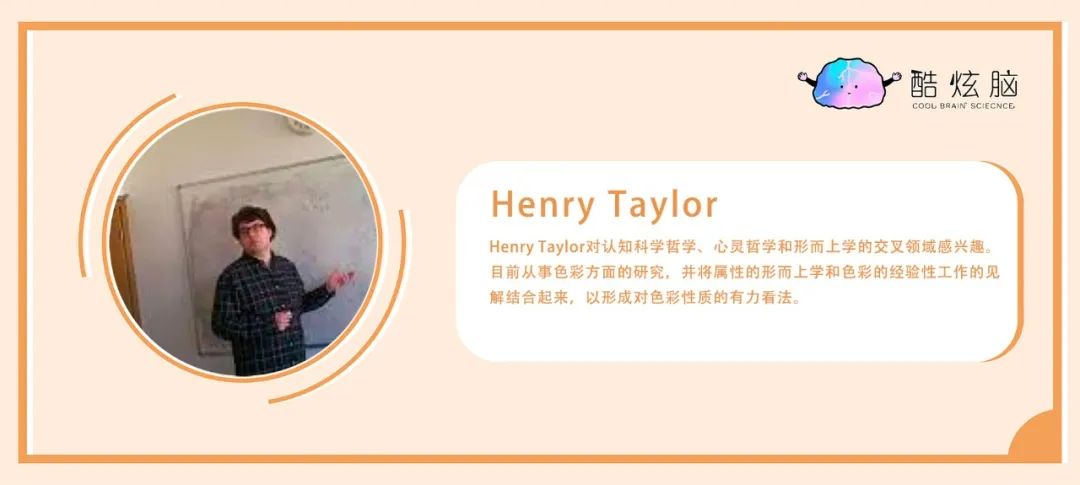


Cool brain long -term collection of brain science and psychological articles, welcome to submit
Please submit a mailbox: [email protected]
Click here, let friends know that you love brain science
- END -
Network Security Propaganda Week | Network Security Knowledge Online Q&A is waiting for you to challenge!

Cyber security for the peopleCyber security depends on the peopleSeptember...
"Dividend reduction" does not "break up", Tencent Jingdong's strategic cooperation "renewal" three years

Radar finance produce | Li Yihui edited | Deep SeaAfter the market on June 29, JD....